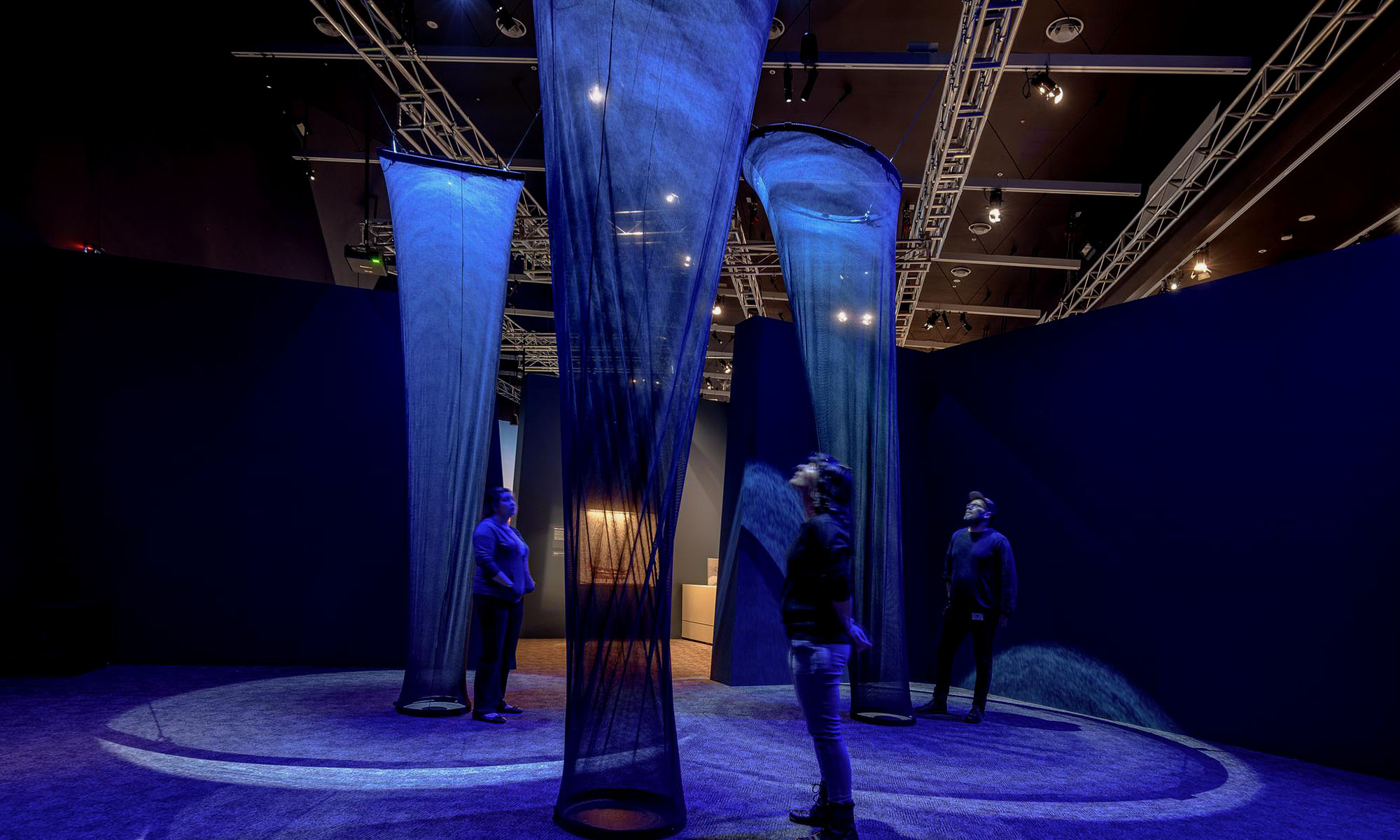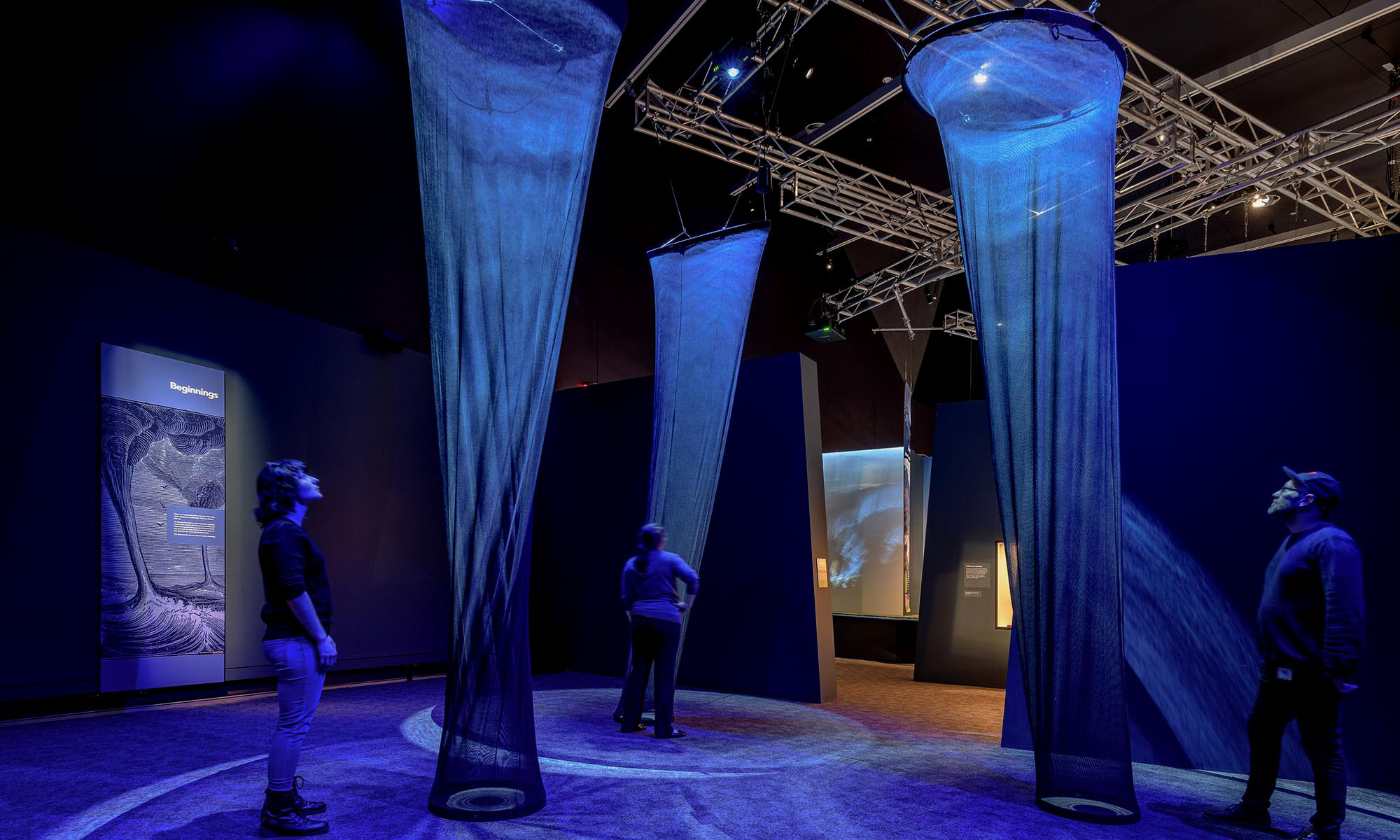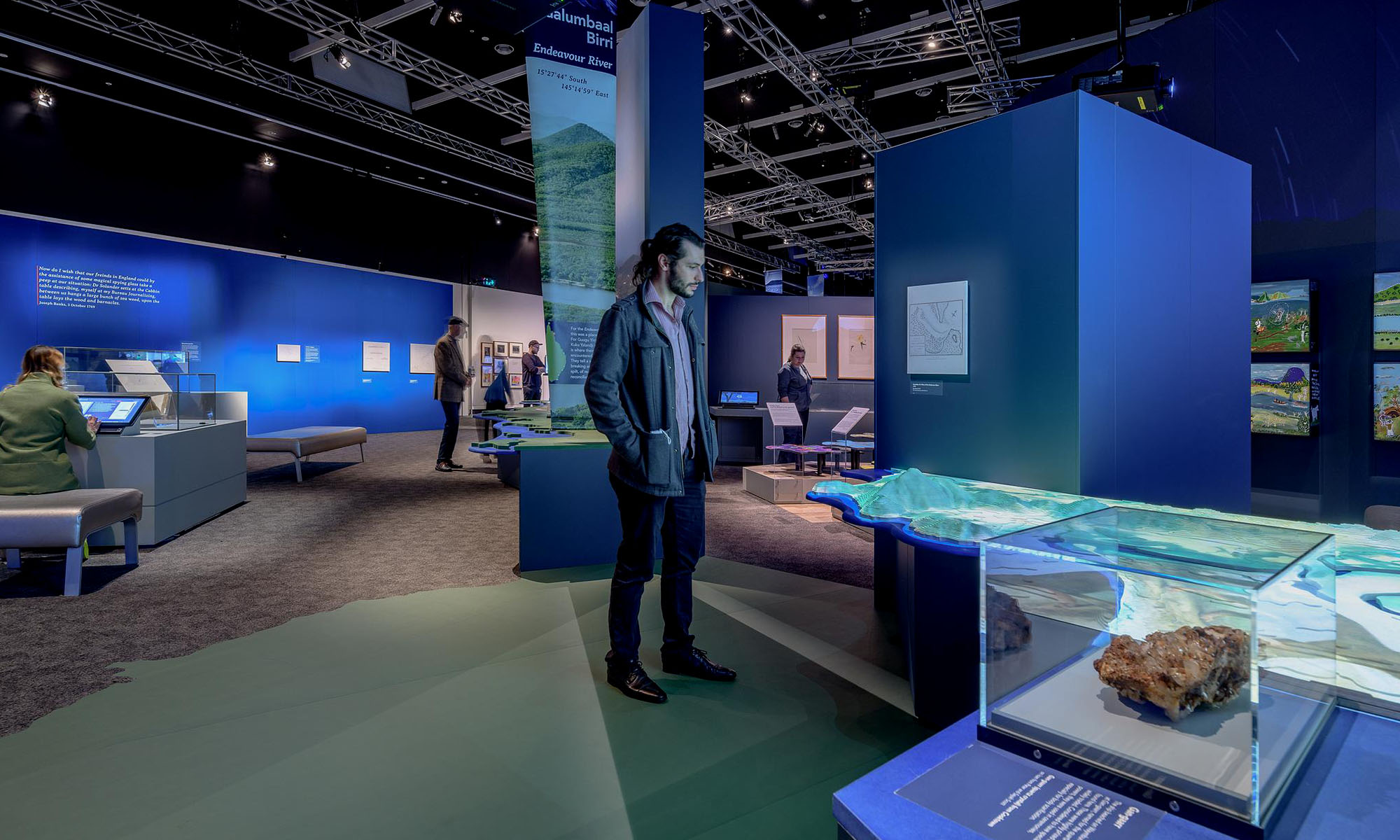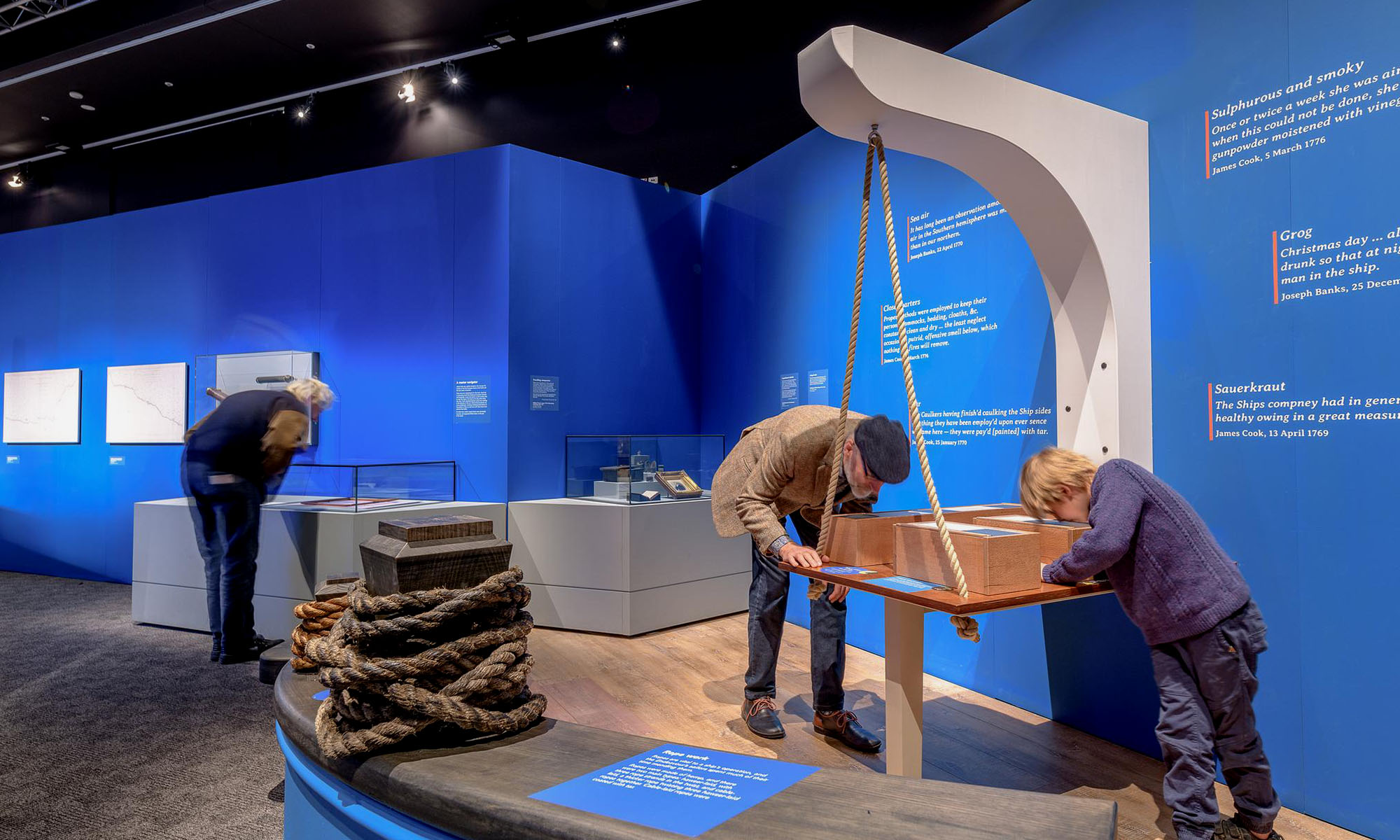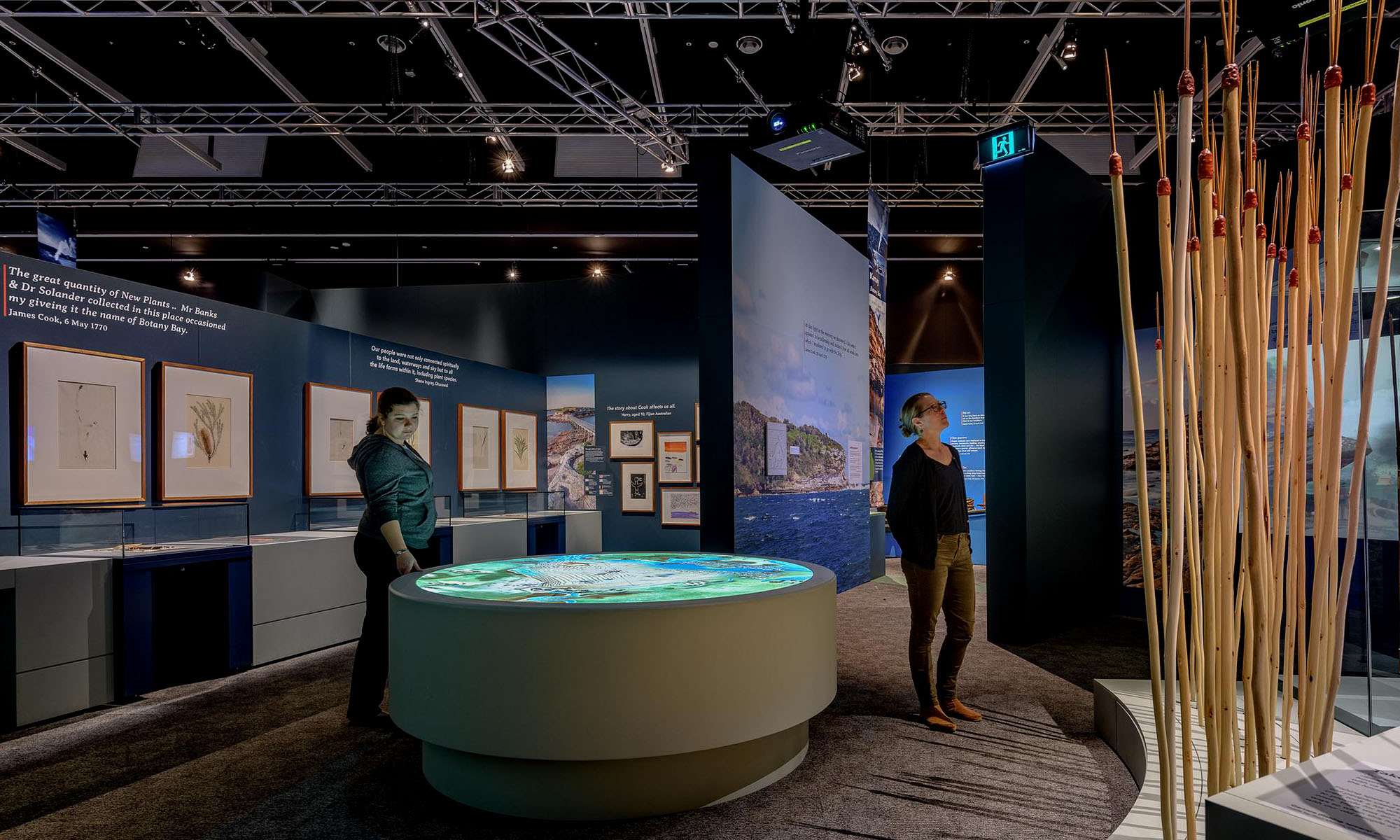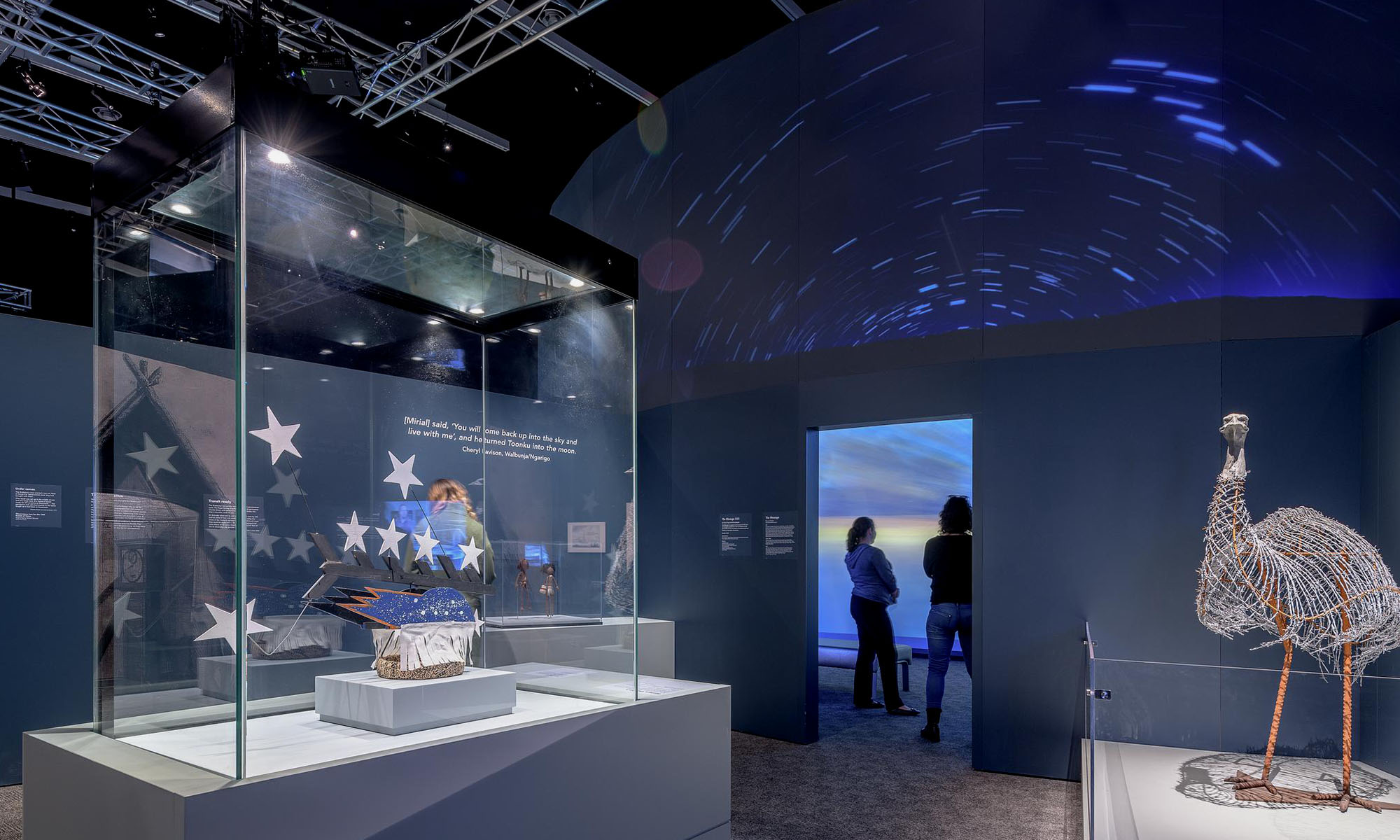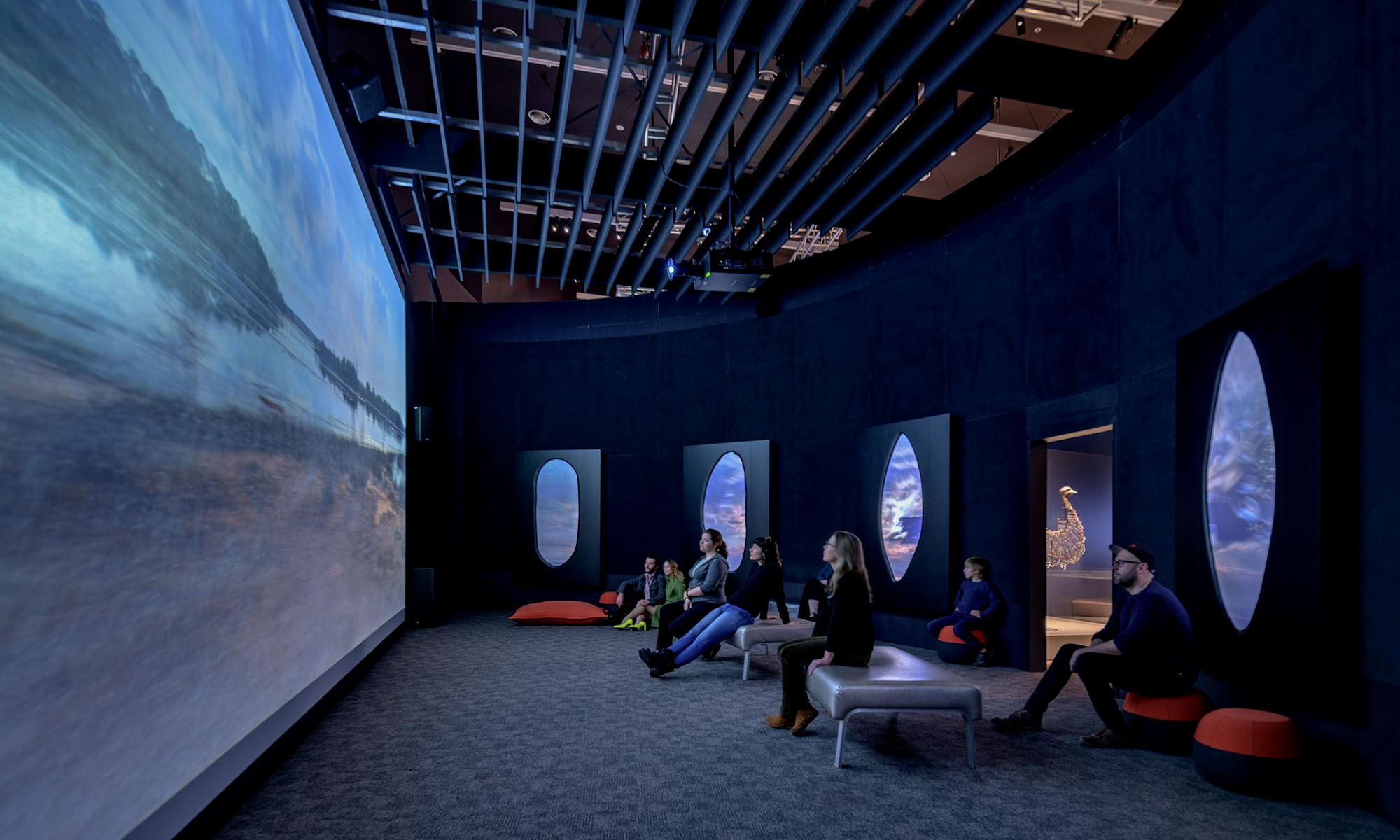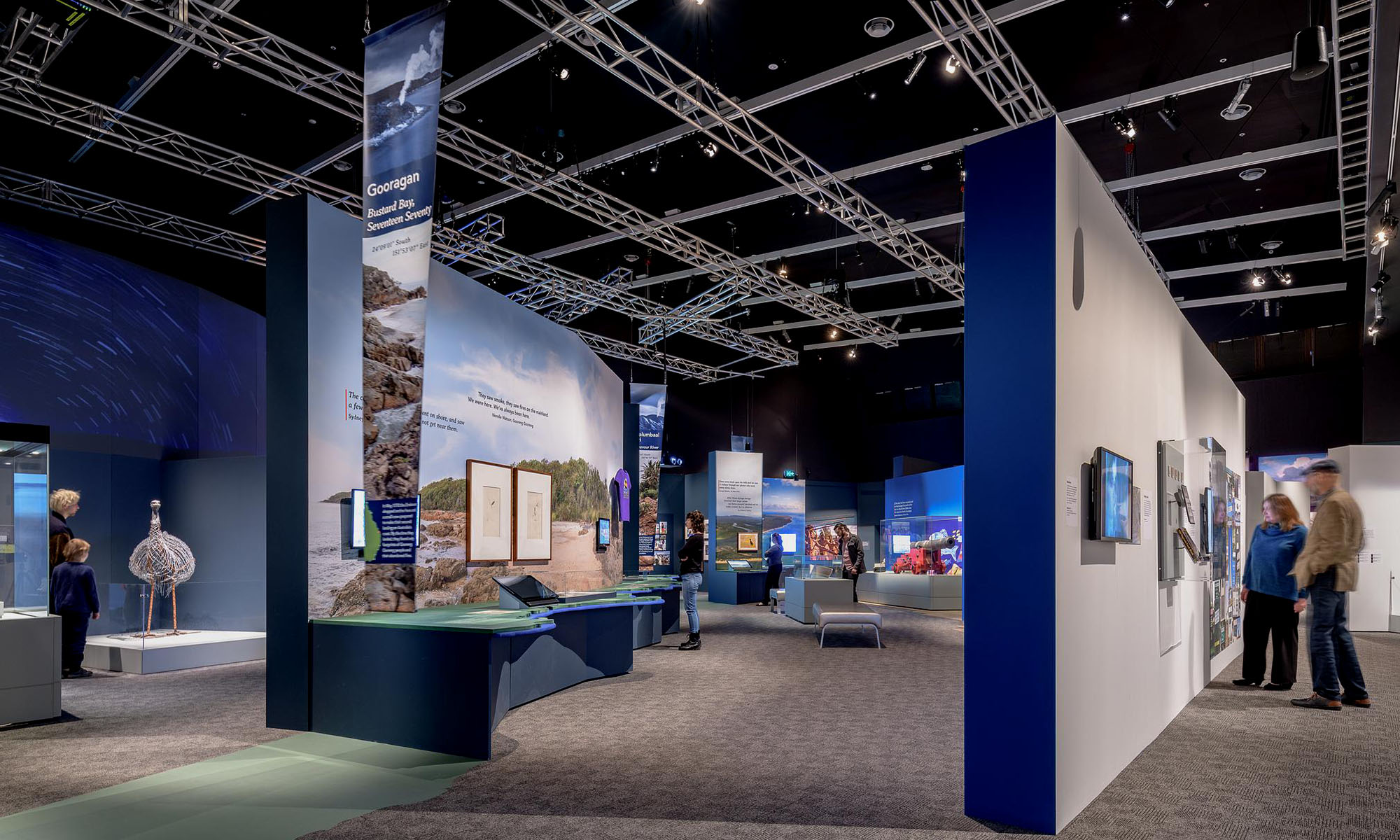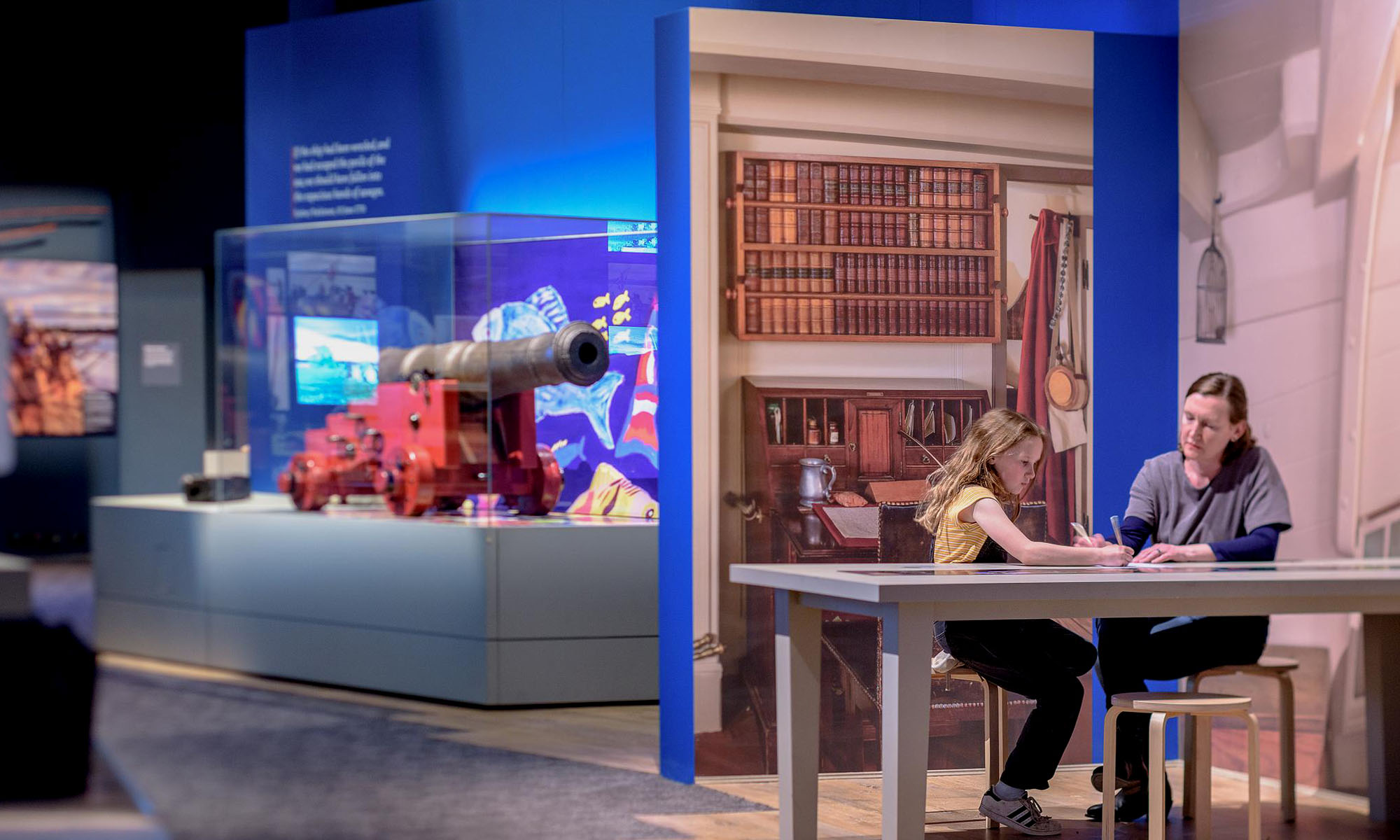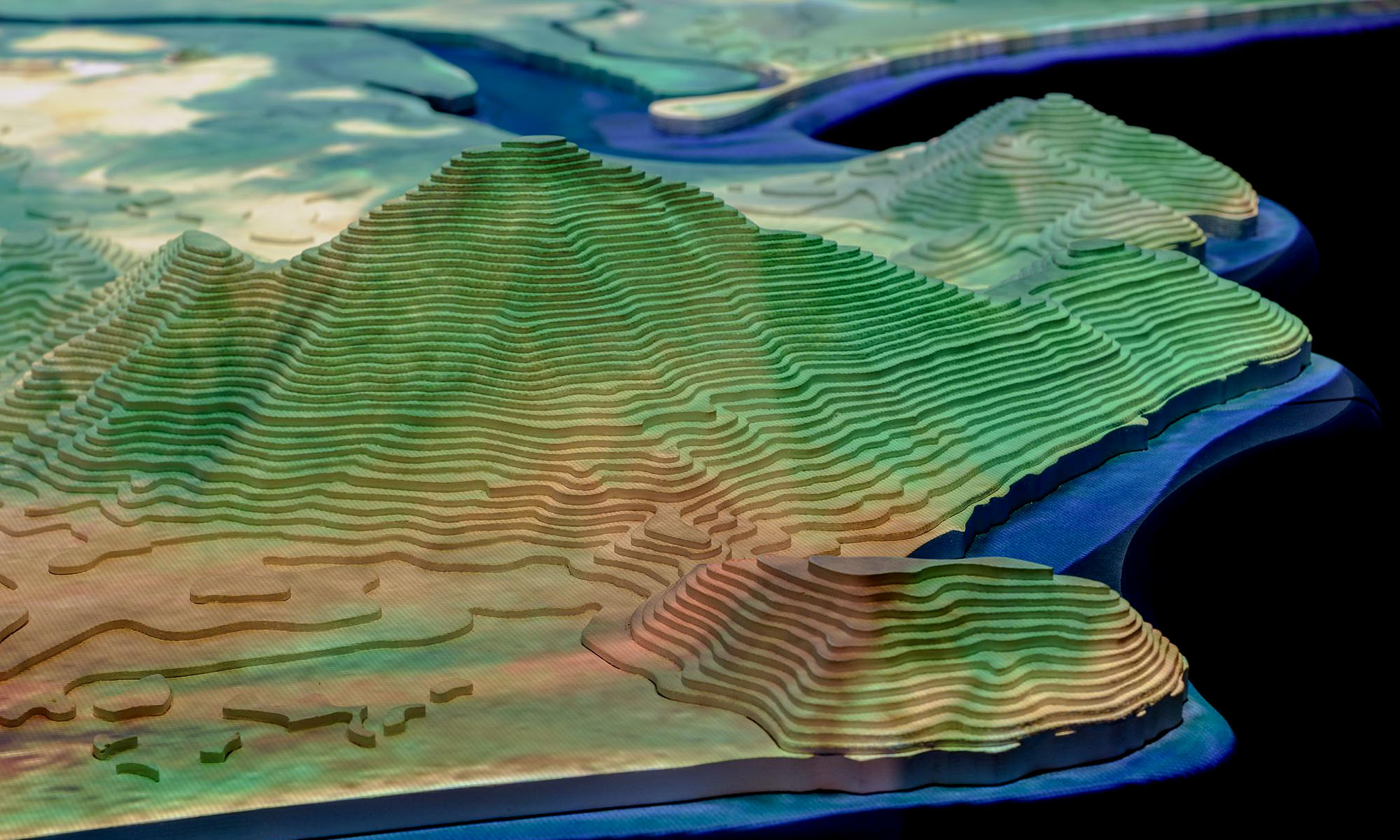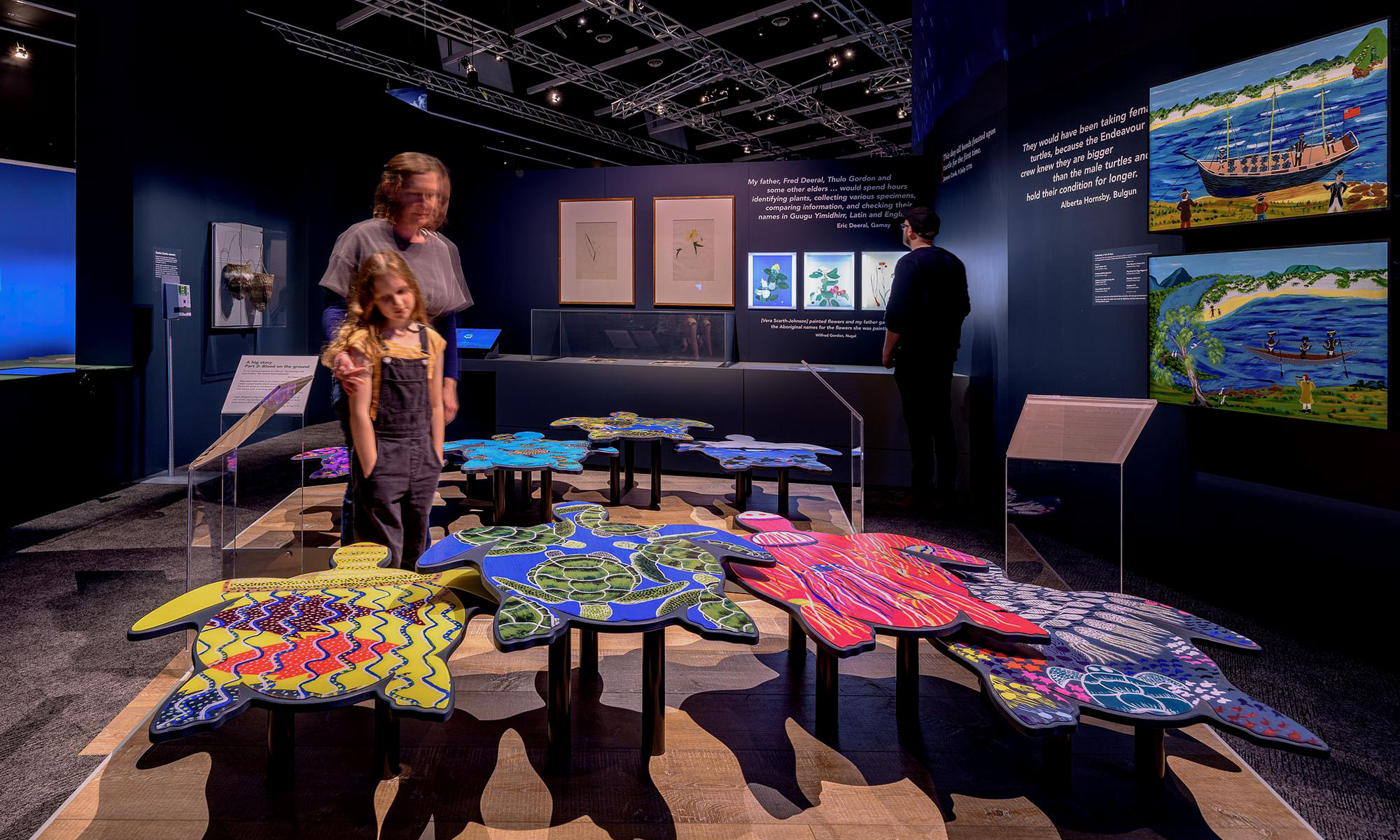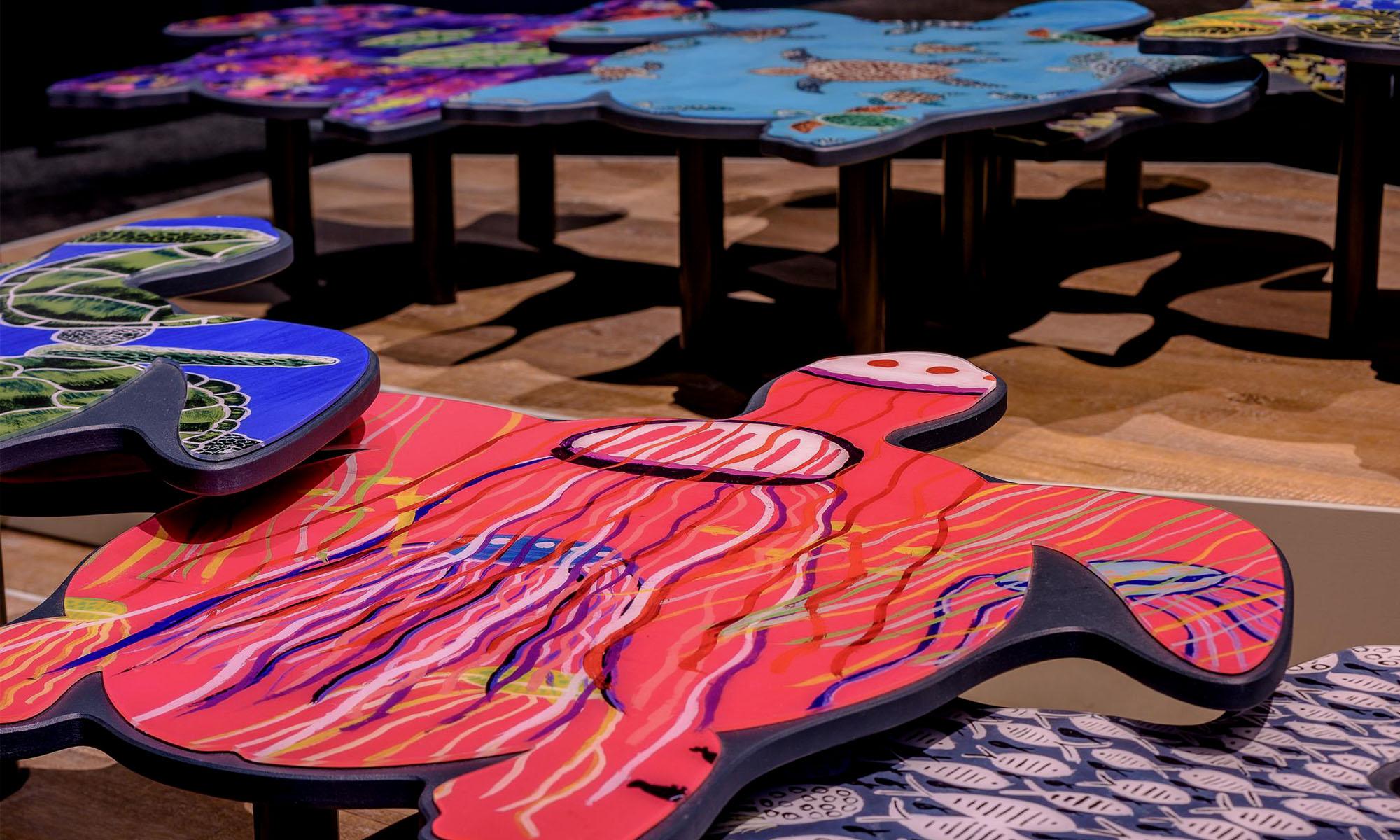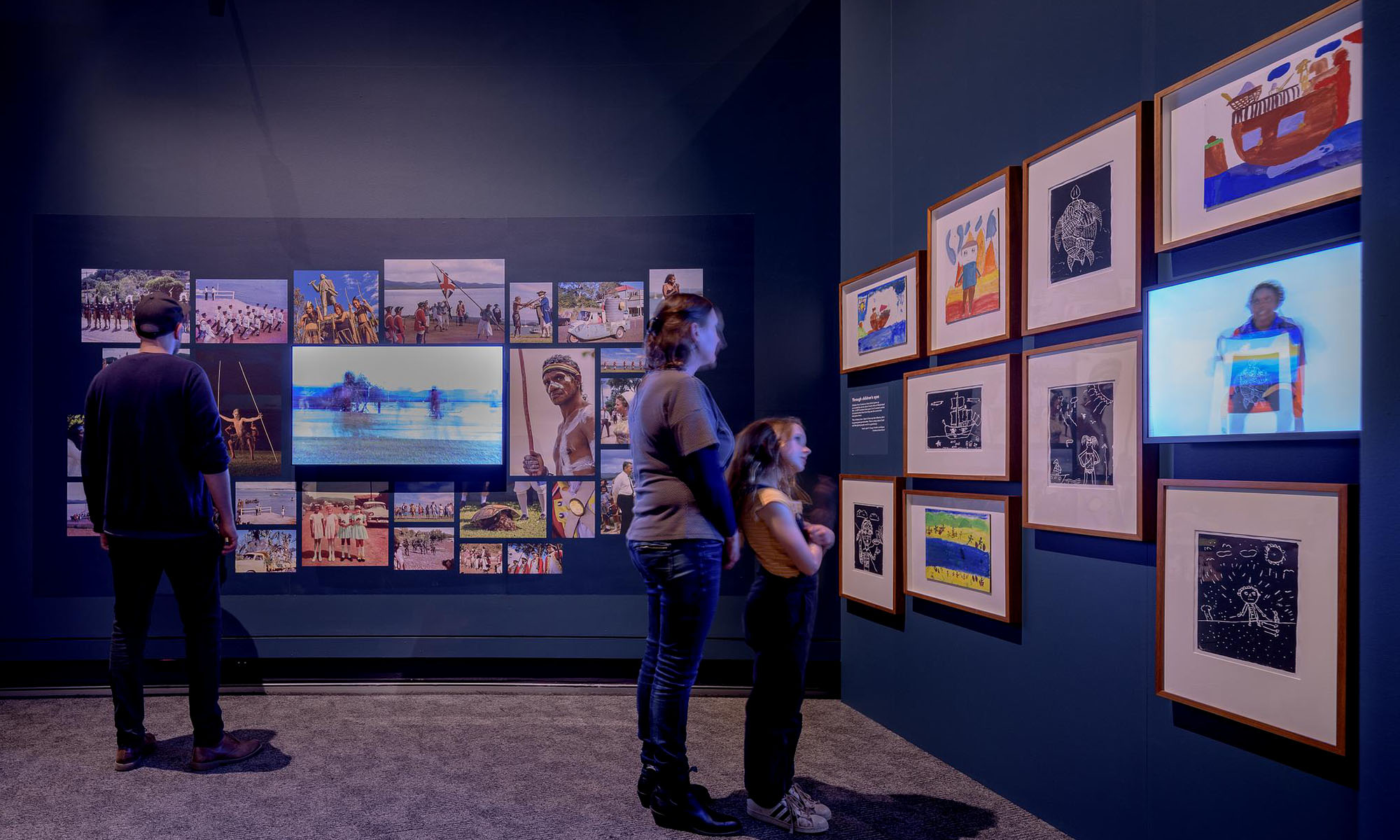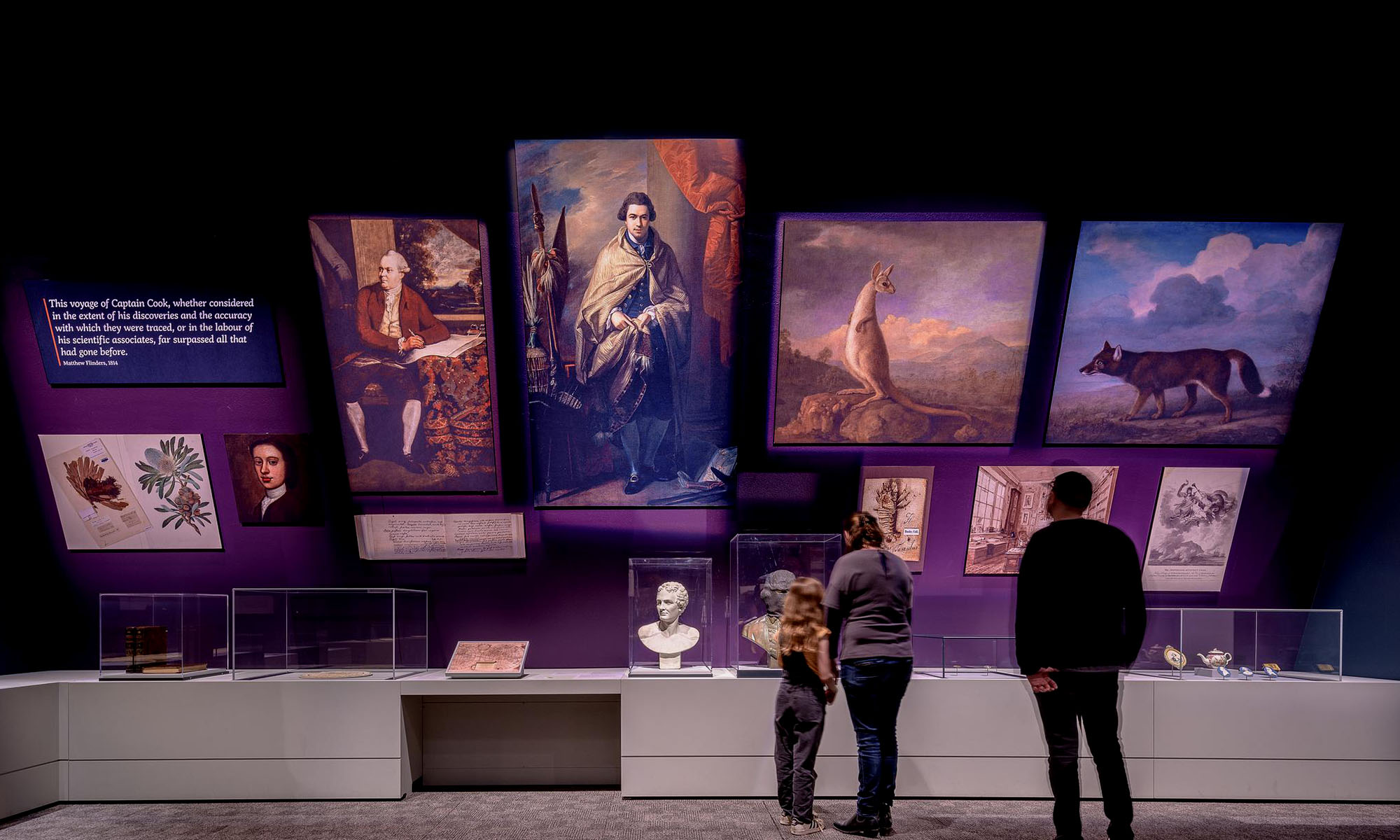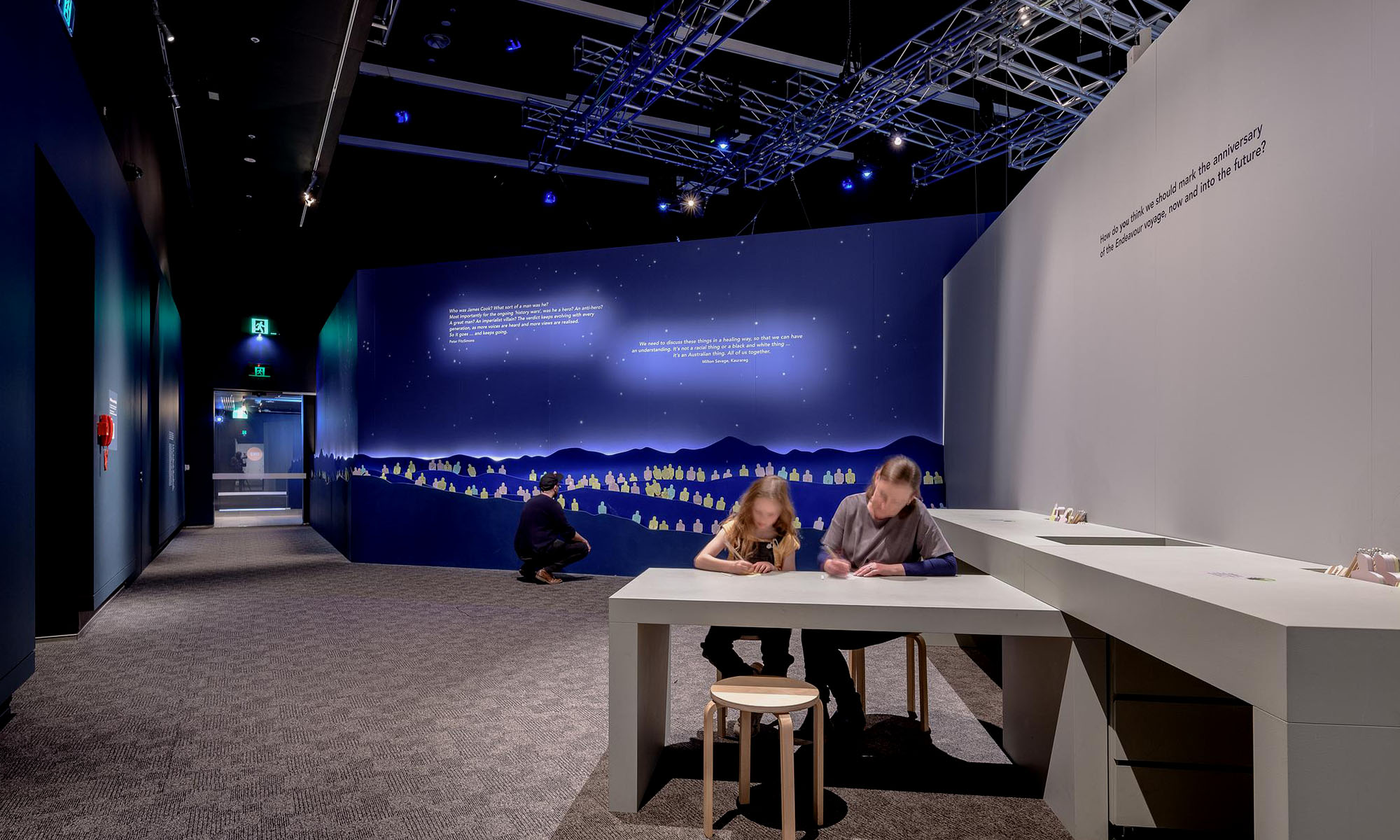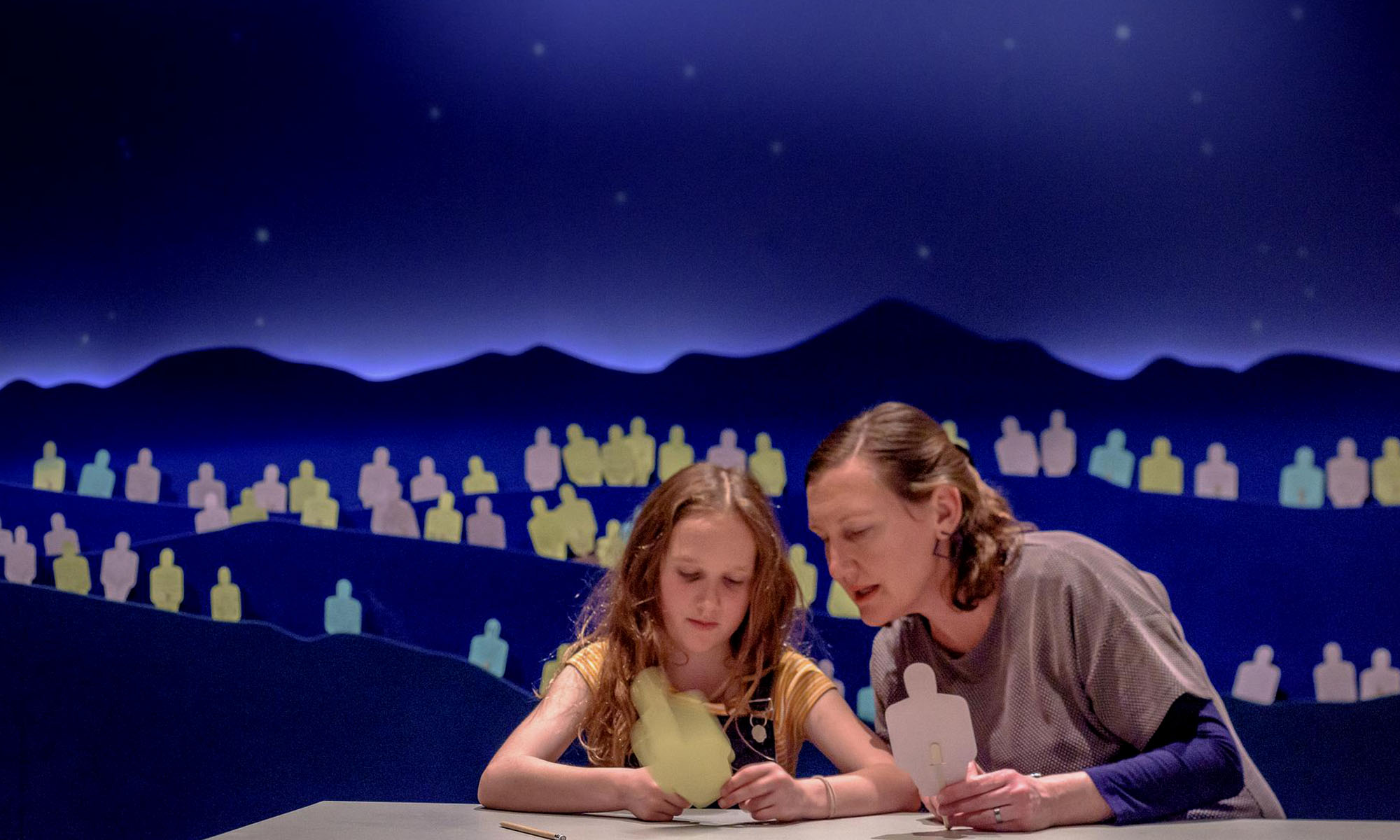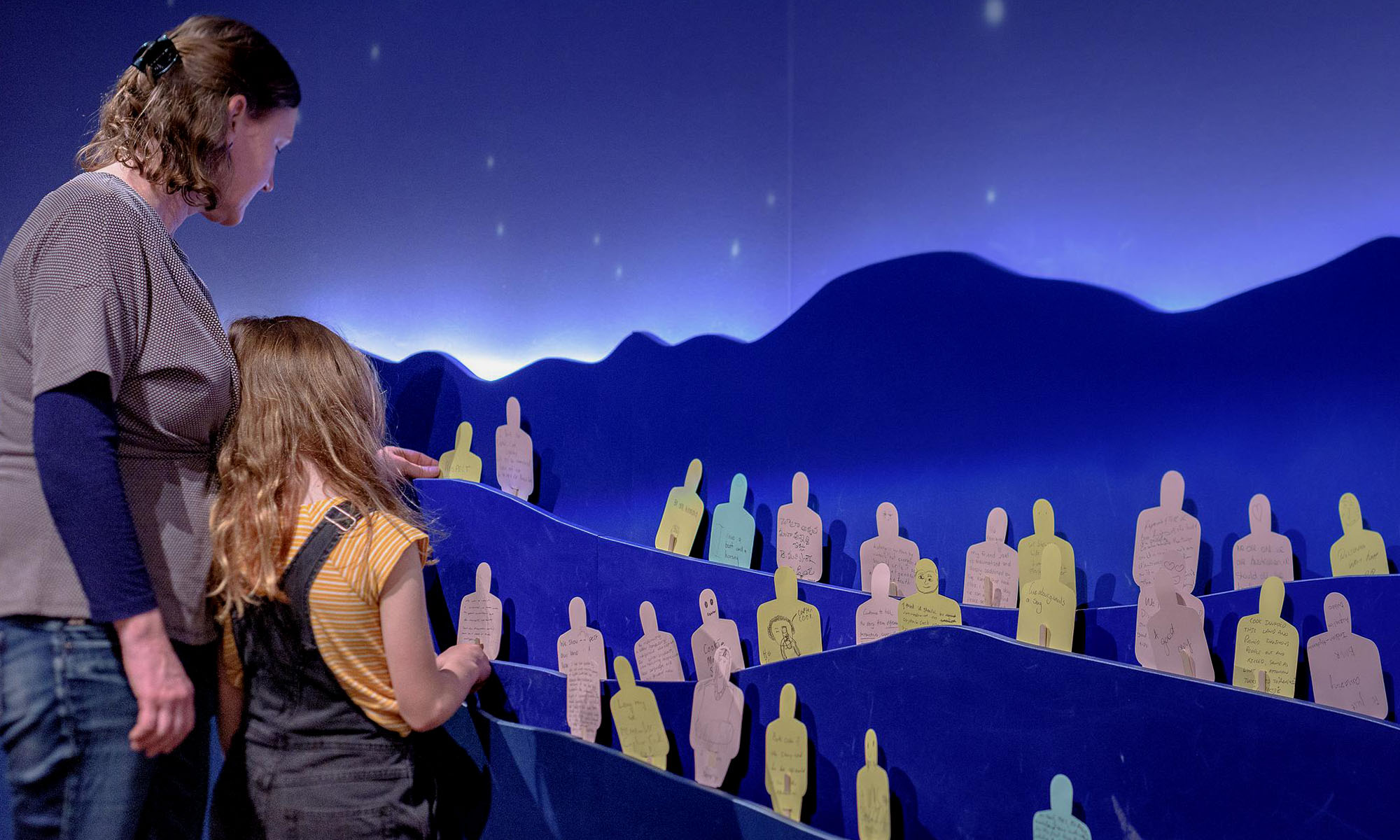Endeavour Voyage – The Untold Stories of Cook and the First Australians
TEMPORARY EXHIBITION
Project Commenced: October 2018
Project Completed: April 2020
Floor Area: 1000 sqm
Thylacine’s role
- design management
- interpretive design
- graphic design
- media design
This exhibition marks the 250th anniversary of the voyage of the HMB Endeavour’s exploration of the east coast of Australia, and the impact of Lieutenant James Cook’s claim for the British Crown. “Endeavour Voyage” was conceived as a meeting of two different systems of knowledge—nations, cultures, understandings—all connecting here, on this land. These points of inter-cultural connection on the Endeavor’s voyage, and the encounters and collisions they instigated, continue to influence and resonate today.
The exhibition interprets the first of Cook’s voyages and examines the impact and legacy of this journey. The story is articulated using the dual perspectives of those on the ship and those on the shore, both in the past and in the present. The exhibition places equal weight on the knowledge systems, stories, and objects of both cultures. In telling the ‘view from the ship’ and the ‘view from the shore’, we acknowledge and embrace our shared history.
The exhibition utilises a map of the eastern coast of Australia as its key design device, allowing visitors to navigate along the coast, following the Endeavour’s journey and discovering seven key locations of community and encounters. Visitors explore each story or theme by journeying along a representation of the coastline and, at times, moving into focus modules that facilitate deeper engagement with key content. These modules are linked through the narrative planes of Sea, Land and Sky, with visitors moving through these planes to discover the rich stories of each place.
Visitors can also step onto the deck of the Endeavour in specific content zones, which explore life on board the ship.
The exhibition is atmospheric and interactive, utilising lighting, film, projection, sound, object and tactile materiality to engage the visitor in a journey of discovery. The worlds of the land, sea and ship are evoked using objects, sound, media and built form. On entering the exhibition visitors encounter three waterspout forms, an interpretive device through which both British and First Nations perspectives are introduced, and audience expectations are reframed. At the exhibition’s centre is an immersive film experience that invites all Australians to imagine the moment when two worlds came face to face for the first time.
Stories are drawn from both the journals of those who sailed, and the oral traditions and artworks of First Nations communities. The exhibition features the Indigenous languages of the communities and places that the ship encountered on its voyage, in both spoken and written form.
One of Thylacine’s key strengths is our ability to work collaboratively with diverse stakeholders. The project’s pre-concept stage involved multi-day workshops with representatives from traditional owner groups on the east coast, as well as senior cultural practitioners working in Aboriginal heritage and history, exploring the possibilities for the exhibition’s direction and content. Throughout the planning stages of “Endeavour Voyage” we worked alongside the National Museum of Australia’s Curatorial and Exhibitions teams, and our vision for the experiential and design elements of this exhibition was conceived in conjunction with the NMA’s curatorial goals.
The temporary gallery of the NMA is a challenging space, being long and thin with a curved main wall and a shared entry/exit zone. Creating a comfortable visitor journey and circulation in this space was one of the key design challenges for the exhibition. To facilitate this, we created a visitor flow path that allows for individual and small groups to move through and engage with the exhibition modules, while retaining the spatial logic of the design.

